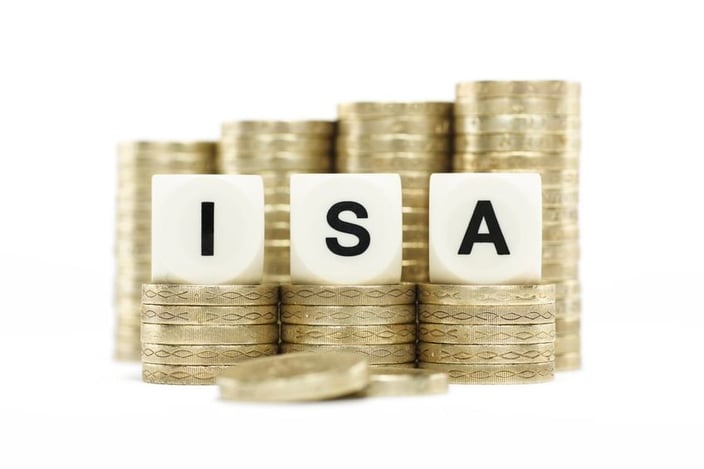BLOG
The ISA Round Up 2017
 Individual Savings Accounts (ISAs) offer an opportunity to build up tax-free savings income, subject to certain limits. For those looking to put money away in an ISA in 2017/18, there are new limits and various different ISAs on offer.
Individual Savings Accounts (ISAs) offer an opportunity to build up tax-free savings income, subject to certain limits. For those looking to put money away in an ISA in 2017/18, there are new limits and various different ISAs on offer.
Cash ISA
The simplest ISA is a cash ISA. Cash ISAs can be held with a bank or a building society and National Savings and Investments offer some cash ISA products. Interest paid on savings held within a cash ISA is tax-free.
Stock and shares ISA
Within a stocks and shares ISA, it is possible to hold shares in companies, unit trusts and investment funds, corporate bonds and Government bonds. However, it is not possible to transfer shares held outside an ISA into a stocks and shares ISA unless they come from an employee share scheme.
Income from, and capital gains on, investments held within a stocks and shares ISA are tax-free.
Innovative finance ISA
An innovative finance ISA can include peer-to-peer loans, although it is not possible to transfer peer-to-peer loans made outside an innovative finance ISA into such an ISA. Interest on loans within an innovative finance ISA is tax-free.
ISA limit
A single ISA limit applies to savings across cash, stocks and shares and innovative finance ISAs. The limit is set at £20,000 for 2017/18, increased from £15,240 for 2016/17. Savers can invest in one type of ISA up to the limit or split the limit across the different types of account.
Junior ISA
Junior ISAs are tax-free savings accounts for children available to those under the age of 18 and living in the UK. There are two types of Junior ISA – a cash Junior ISA and a stocks and shares Junior ISA. Interest, dividends and capital gains are tax-free. The investment limit is £4,128 for 2017/18, increased slightly from £4,080 for 2016/17.
Lifetime ISA
The Lifetime ISA is the latest addition to the ISA stable and is available from 6 April 2017. A Lifetime ISA can be opened by anyone under the age of 40. Once open, a person can save up to £4,000 a year up to age 50 and receive a Government bonus of 25% of the amount saved – up to £1,000 a year. However, a Lifetime ISA can only be used to save for a first home or for retirement, in which case the funds cannot be accessed until the saver turns 60. If the funds are withdrawn for any other purpose, the Government bonus is lost and charges are applied. Interest on savings within a Lifetime ISA are tax-free.
Help to Buy ISA
The Help-to-Buy ISA was launched to help first-time buyers save a deposit for their first home. Provided they save at least £1,600, they will receive a Government bonus of 25% of the amount saved. The maximum bonus is £3000, payable on savings of £12,000.
A person who has a Help-to-Buy ISA can from 6 April 2017 transfer their savings into the Lifetime ISA (to a max of £4,000 a year), or continue to save into the Help to Buy ISA, or have both. However, it is only possible to use the bonus from one to buy a first home.
Get in touch with Inform if you need further advice on making savings or any other tax related matter.
Read more of Inform's tax blogs:






.jpg?width=1500&height=1000&name=amy-hirschi-K0c8ko3e6AA-unsplash-(5).jpg)

